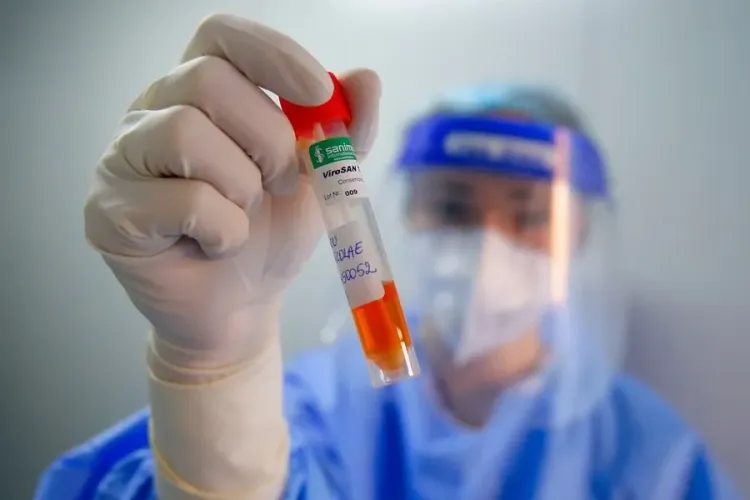What Are the Latest COVID-19 Figures in Romania?

Synopsis
Key Takeaways
- Romania reported 1,703 new COVID-19 cases in July 2025.
- There was a 232% increase in cases compared to June.
- Seven COVID-19-related deaths occurred, all involving individuals with underlying conditions.
- Testing activity increased by 25.5% last month.
- The overall positivity rate rose to 10.9%.
Bucharest, Aug 5 (NationPress) In July 2025, Romania witnessed 1,703 new COVID-19 cases, reflecting a staggering 232 percent increase from June, as reported by the National Institute of Public Health (INSP).
Out of the total cases, 442 were reinfections, occurring more than 90 days after the initial diagnosis.
The INSP confirmed seven COVID-19-related fatalities in July, comprising five men and two women. Four individuals were aged between 70 and 79, while three were over 80 years old. Notably, all had pre-existing health conditions.
Last month, testing activities surged, with 860 RT-PCR tests and 14,750 rapid antigen tests conducted, marking a 25.5 percent increase from June. The overall positivity rate climbed to 10.9 percent, a rise of 6.8 percentage points.
As of July 31, Romania recorded a total of 3,586,193 confirmed COVID-19 cases and 69,266 related deaths since the onset of the pandemic, as reported by the Xinhua news agency.
COVID-19 is an infectious disease caused by the SARS-CoV-2 virus.
While most infected individuals experience mild to moderate respiratory symptoms and recover without special treatment, some may develop severe illness requiring medical attention. Older adults and those with underlying health issues such as cardiovascular disease, diabetes, chronic respiratory conditions, or cancer are at a higher risk of serious illness. It’s essential to recognize that anyone can contract COVID-19 and potentially face serious health consequences, regardless of age.
The most effective measures to prevent and mitigate transmission include being well-informed about the disease and its spread. Protect yourself and others by maintaining a distance of at least 1 meter from others, wearing a well-fitted mask, and frequently washing your hands or using an alcohol-based sanitizer. Vaccination is crucial when eligible, along with adhering to local health guidelines.
The virus can spread through small liquid particles emitted from an infected person’s mouth or nose when they cough, sneeze, talk, sing, or breathe. These particles vary in size from larger respiratory droplets to smaller aerosols.
Practicing proper respiratory etiquette, such as coughing into a bent elbow, is vital. Additionally, if you feel unwell, it’s important to stay home and self-isolate until recovery.









